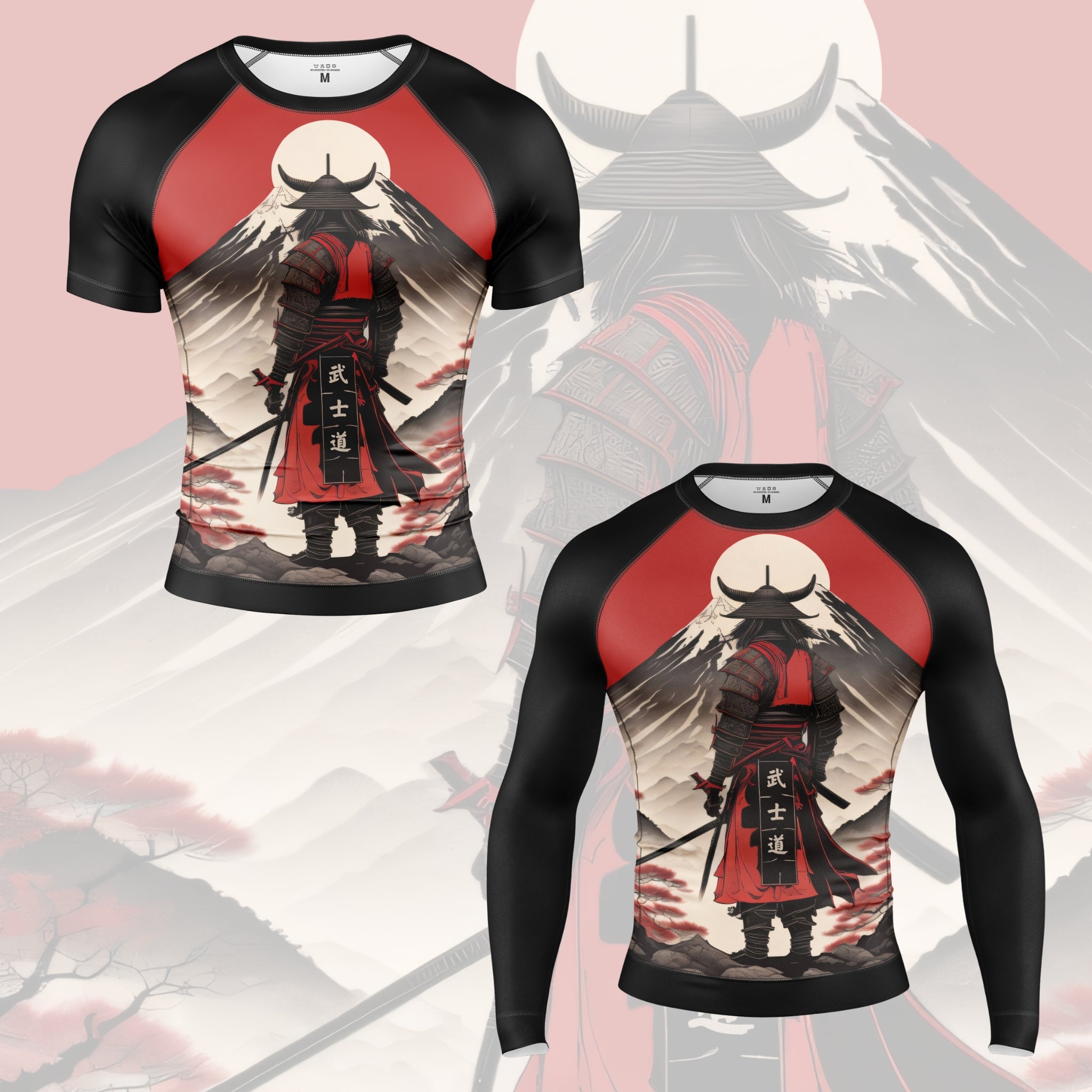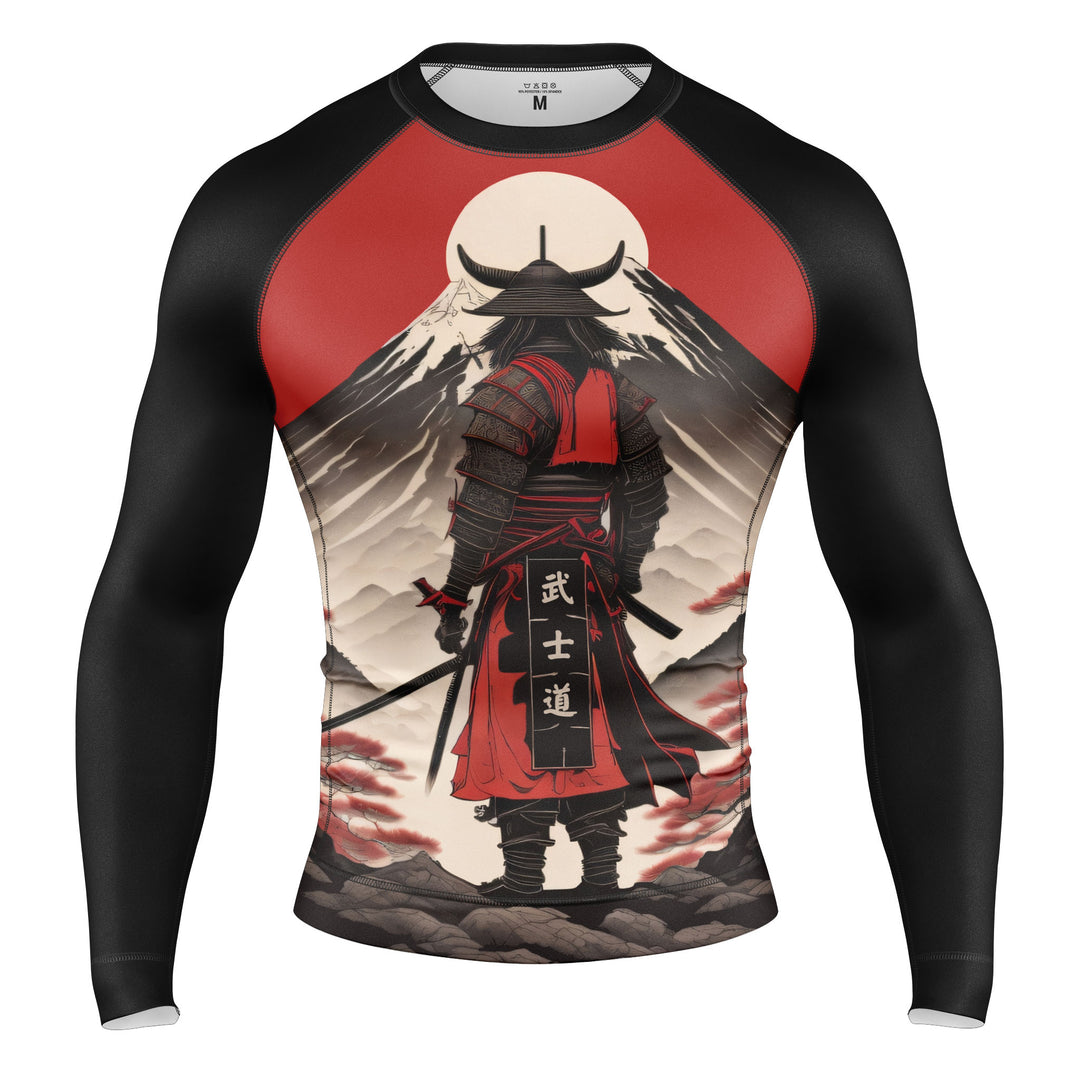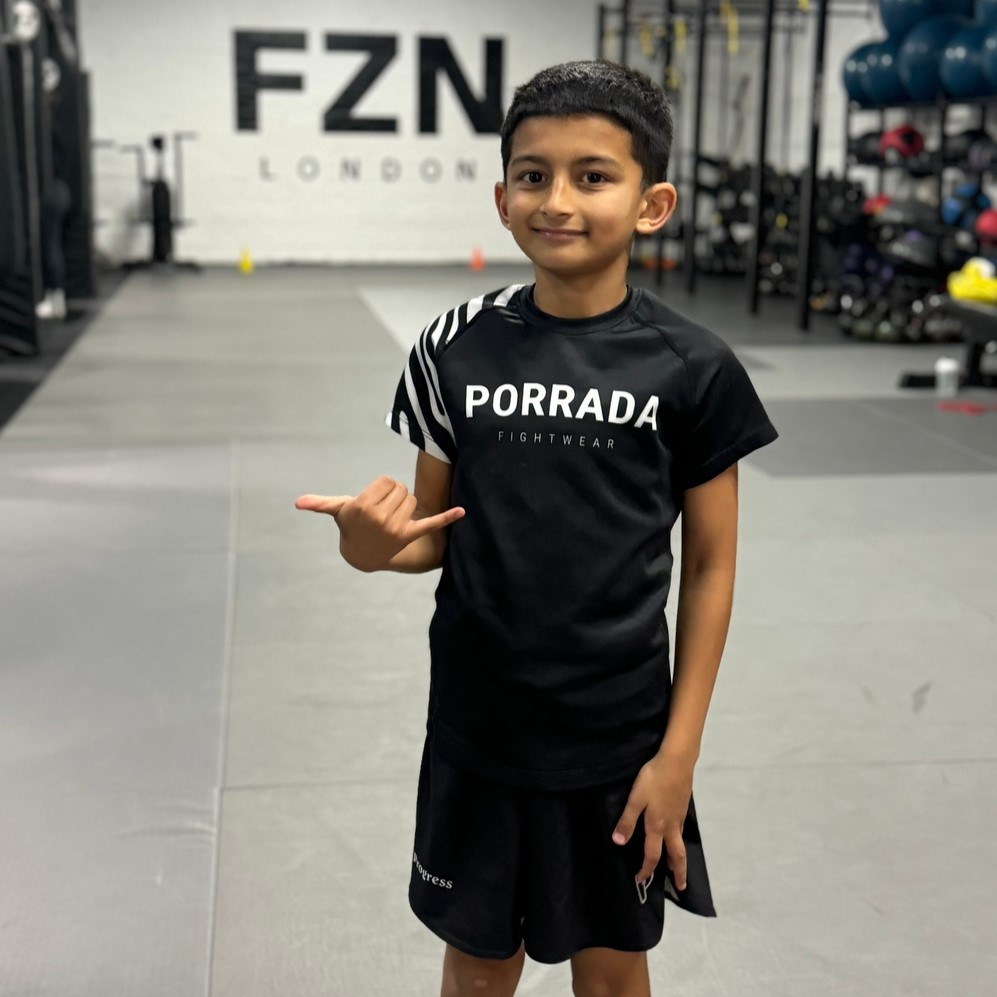5 reasons why you should cross-train in Gi and No-Gi

Brazilian Jiu-Jitsu (BJJ) is a multifaceted martial art that offers practitioners two distinct training modalities: Gi (with the traditional kimono) and No-Gi (without the kimono).
Both aspects of BJJ have their unique advantages and challenges, and cross-training in both the Gi and No-Gi is a valuable approach that can significantly enhance your overall BJJ experience. We'll explore here five compelling reasons why you should consider cross-training in both BJJ Gi and No-Gi.
1. Enhanced Versatility
Cross-training in both Gi and No-Gi provides you with a broader skill set and enhances your versatility as a BJJ practitioner. Each modality has its distinct grips, submissions, and strategies. Gi training emphasizes collar chokes, lapel control, and intricate grips, while No-Gi places more emphasis on underhooks, wrist control, and body positioning.
By experiencing both styles, you become more adaptable and versatile on the mat. You'll be able to transition seamlessly between Gi and No-Gi, adjusting your techniques and game plan based on your opponent's attire. This adaptability is a valuable asset in BJJ, allowing you to excel in a variety of situations.
2. Improved Grip Strength and Control
The Gi's fabric provides a unique challenge in terms of grip strength and control. Training with the kimono allows you to develop a stronger grip, as you need to secure grips on your opponent's sleeves, collar, and lapels. The friction created by the Gi forces you to be meticulous in your grips and control.
This improved grip strength and control can be highly advantageous when you transition to No-Gi training. Your ability to control your opponent's limbs, posture, and movements will be significantly enhanced, as you have already honed your grip strength in the Gi. This cross-training benefit not only enhances your technical abilities but also provides a physical advantage.
3. Comprehensive Ground Game
Cross-training in Gi and No-Gi encourages you to develop a comprehensive ground game. Gi training often emphasizes intricate guard passing, sweeps, and submissions, given the numerous grip opportunities the kimono provides. No-Gi training, on the other hand, focuses on faster-paced movements, scrambles, and adapting to a slippery surface.
By combining both training styles, you create a well-rounded ground game that is adaptable to various scenarios. You learn to capitalize on the unique opportunities presented by each modality. This comprehensive approach to BJJ equips you to handle diverse opponents and competition formats, making you a more complete and formidable grappler.
4. Deeper Understanding of Pressure and Control
Training in the Gi allows you to develop a deep understanding of pressure and control. The friction of the kimono makes it easier to establish control over your opponent's upper body, preventing them from escaping or improving their position. It's a crucial element of positional dominance in BJJ.
When you transition to No-Gi training, you carry this understanding of pressure and control with you. The absence of grips and the slippery nature of No-Gi can make it more challenging to maintain control, but your experience in the Gi helps you adapt. You'll be able to apply pressure strategically and maintain control over your opponent, regardless of the attire they wear. This skill is invaluable for both self-defense and competitive situations.
5. A Well-Rounded BJJ Education
Perhaps the most compelling reason to cross-train in both BJJ Gi and No-Gi is to ensure a well-rounded BJJ education. BJJ is a multifaceted martial art, and focusing solely on one modality can limit your growth and understanding. Each aspect of BJJ offers unique insights and challenges that contribute to your overall development as a grappler.
By embracing both Gi and No-Gi, you immerse yourself in the full spectrum of BJJ. You'll become a more complete practitioner, well-versed in a wide range of techniques, grips, and strategies. This comprehensive education not only makes you a more proficient BJJ practitioner but also enriches your experience on the mats.
Conclusion
Cross-training in both BJJ Gi and No-Gi is a decision that can significantly enhance your journey as a BJJ practitioner. The versatility, grip strength, and comprehensive ground game you develop through cross-training provide you with a well-rounded BJJ education. It allows you to adapt to a variety of situations, opponents, and competition formats.
In the end, the choice to cross-train in both Gi and No-Gi is an investment in your growth and development as a martial artist. It's an opportunity to challenge yourself, broaden your horizons, and become a more versatile and adaptable BJJ practitioner.



























































